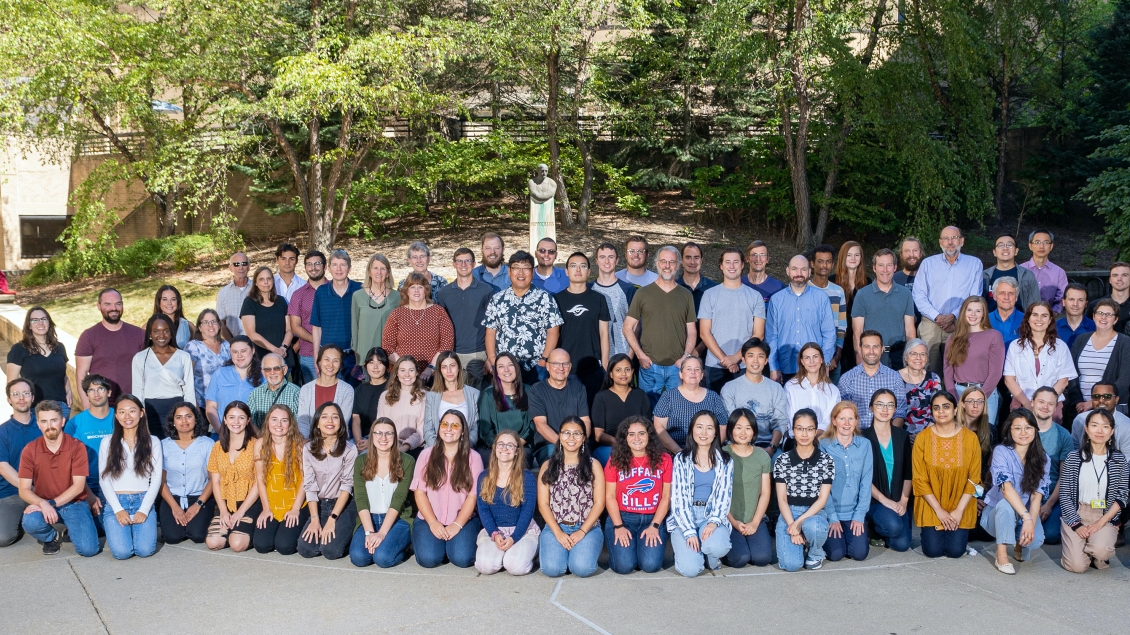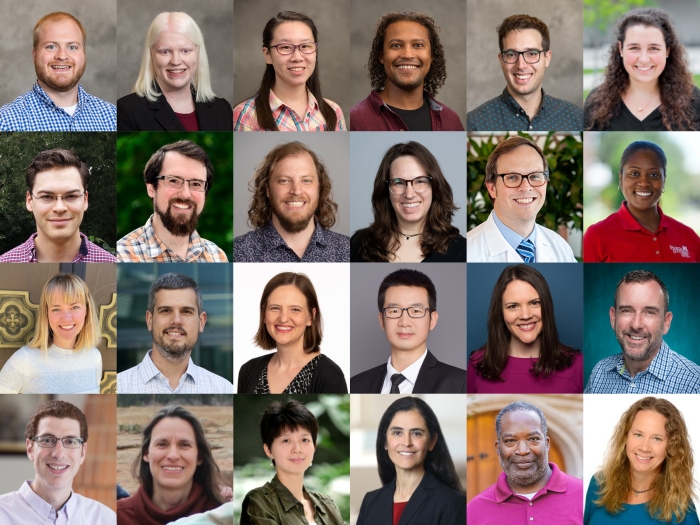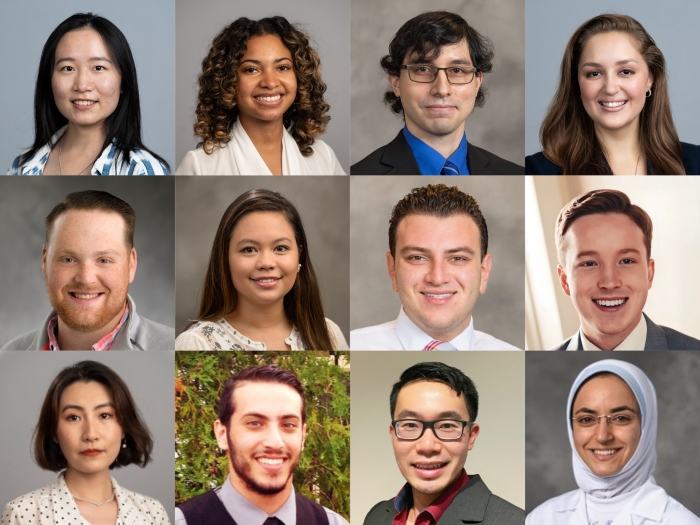
Leaders in Biochemistry for 100+ Years
Follow our journey from the beginnings of Biological Chemistry in 1883 to the hub of innovation that we represent today.
The University of Michigan was early to recognize the importance of understanding life, health and disease at a molecular level. That journey began in 1883, when Victor Vaughan became the first professor of physiological chemistry—now known as biochemistry—at an American medical school. The research and accomplishments of Dr. Vaughan and his fellow Michigan biochemists led to the establishment of the Department of Physiological Chemistry in 1922, renamed the Department of Biological Chemistry in 1935.
Our department has since served as either the faculty home or the training ground for numerous members of the National Academy of Sciences (NAS), the American Academy of Arts & Sciences (AAAS), the National Academy of Medicine (NAM), and the Howard Hughes Medical Institute (HHMI), and for Pew Scholars, MacArthur Fellows, and Nobel Prize winners Marshall Nirenberg and Stanley Cohen.
The department currently has approximately 50 faculty and affiliate faculty who mentor PhD students from graduate programs in Biological Chemistry, Bioinformatics, Biophysics, Chemical Biology, and Cellular and Molecular Biology. Students from our MS Program, postdoctoral fellows, undergraduates, and staff scientists are also actively engaged in research and training activities in the department.
Research in our affiliated labs investigates a broad spectrum of basic and translational questions, integrated across the scientific community at U-M in the general areas of macromolecular mechanisms, structural biology, signal transduction, development, neurobiology, and regulation of gene expression.
Please explore our website to learn more about the department, and we welcome you to contact us with your questions.

Our graduates stay connected to each other and to the department through friendships and scientific collaborations, a sense of shared community and history, and a common passion for discovery at the frontiers of biological chemistry.

Our Master’s Program welcomed its first students in 2013 and has been preparing trainees for biomedical careers and the pursuit of advanced degrees ever since.
After it became a freestanding department in 1922, Biological Chemistry's first home was on Central Campus in the West Medical Building (now home to U-M's School for Environment and Sustainability). Relocation to the Medical Campus occurred in the late 1950s.
The University of Michigan is located on the traditional territory of the Anishinaabe people. In 1817, the Ojibwe, Odawa, and Bodewadmi Nations made the largest single land transfer to the University of Michigan, offered ceremonially through the Treaty at the Foot of the Rapids, with the intent that their children might be educated. We acknowledge their contemporary and ancestral ties to the land and this integral contribution to the University.